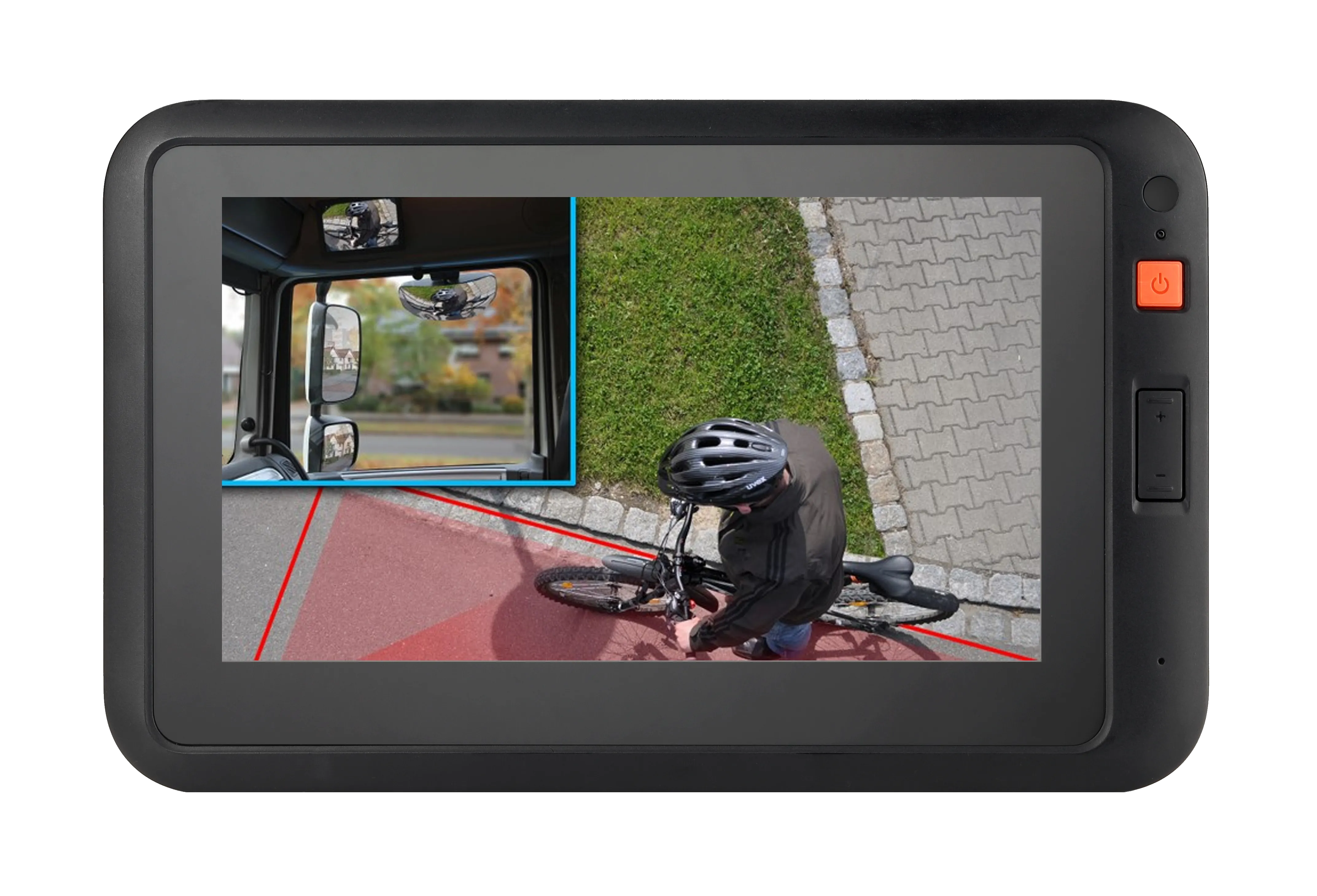TRW Automotive Holdings has developed a range of curtain airbag technologies that the company claims help mitigate the risk of occupant ejection.
According to Norbert Kagerer, vice president of TRW's Occupant Safety Systems business, the recent US legislation regarding occupant ejection mitigation underscores the importance of a number of airbag technologies designed to help keep occupants inside the vehicle. For example, TRW has developed one piece woven (OPW) curtain designs that include the unique X-T
April 23, 2012
Read time: 2 mins
According to Norbert Kagerer, vice president of TRW's Occupant Safety Systems business, the recent US legislation regarding occupant ejection mitigation underscores the importance of a number of airbag technologies designed to help keep occupants inside the vehicle. For example, TRW has developed one piece woven (OPW) curtain designs that include the unique X-Tether technology. Says Kagerer, “due to this advanced design approach the stiffness of the inflated bag cushion can be increased to mitigate the risk of occupant ejection. Based on TRW's X-Tether OPW cushion technology, the inflated chambers of side curtain airbags will be designed in a seamless way, allowing the curtain airbags to be easily tailored to specific vehicle geometries.
Other key enablers include technologies such as cold gas and hybrid inflators that when combined with advanced bag coatings can assist in keeping the curtain airbags inflated for several seconds.









